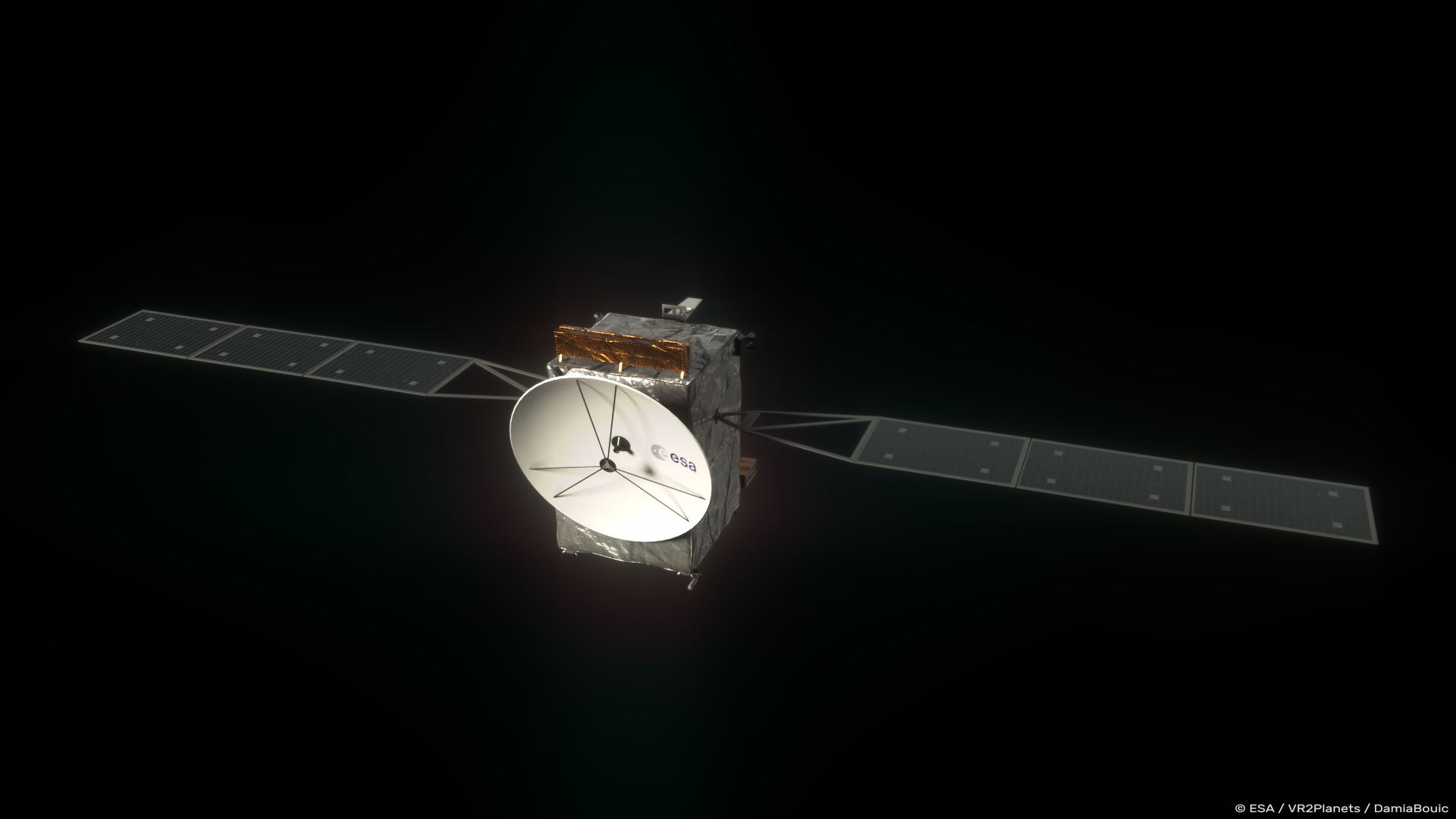A few weeks ago, a team of scientists from Caltech announced that they had successfully transmitted energy from an orbiting satellite down to Earth. It wasn’t a lot of energy, but it showed that it was possible.
Eventually, we might be able to beam energy from solar satellites down to Earth, making solar energy available almost anywhere and helping combat climate change. But there’s another potential use: powering surface probes on Venus.
Continue reading “A Practical Use for Space Power: Beaming Energy to Probes on Venus”

